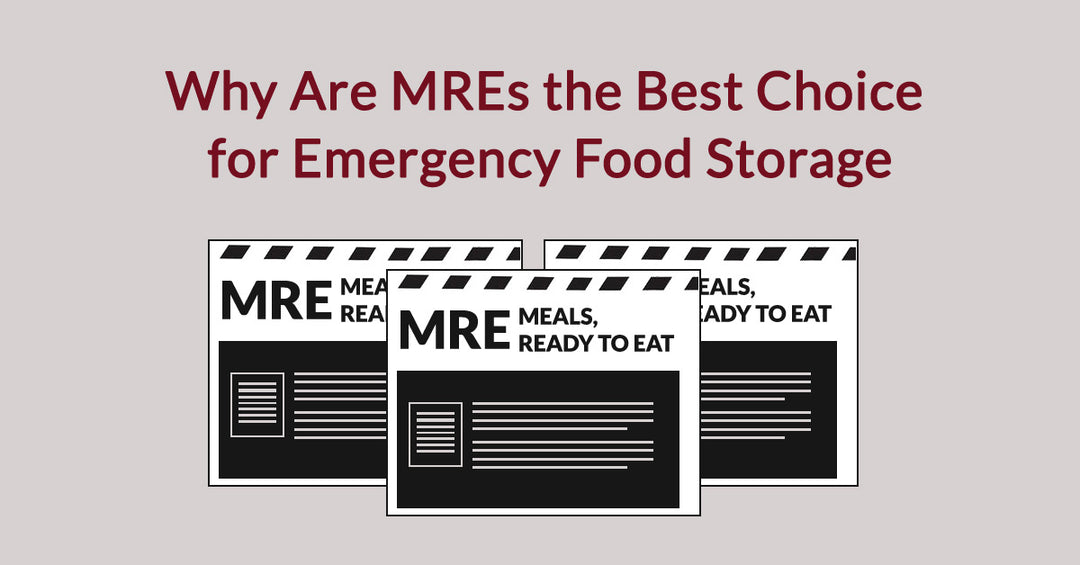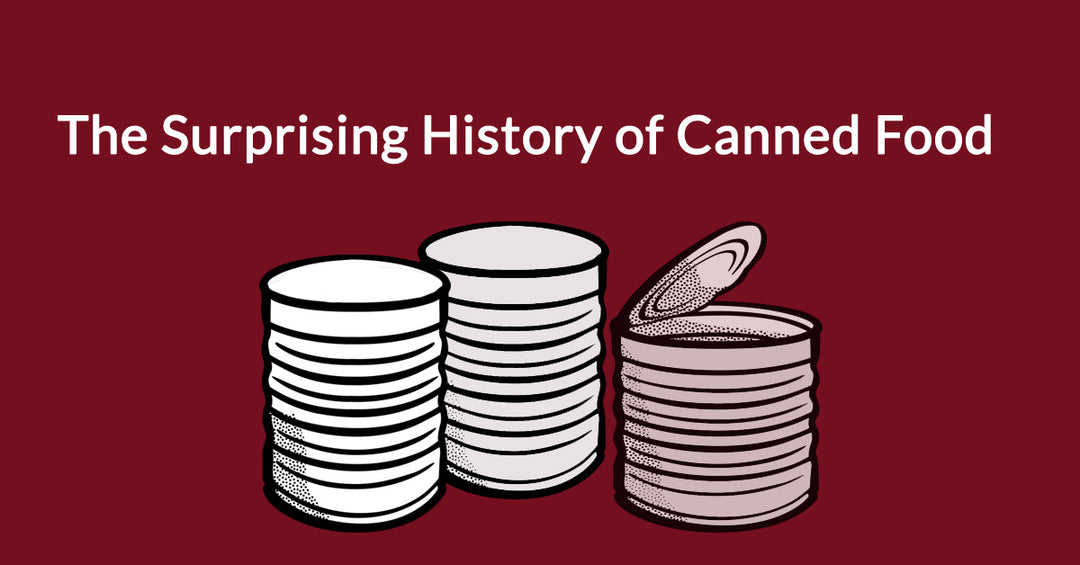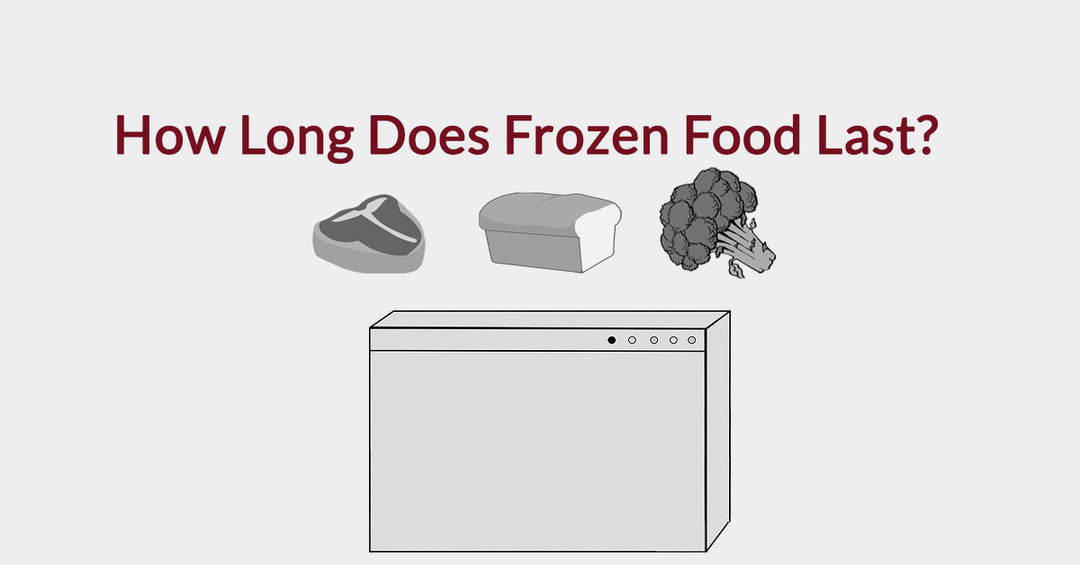How 2020 Has Taught us to Prepare

Most of us are happy to have 2020 behind us. We've all experienced a truly unprecedented period in history. Saying that 2020 has made life seem more unstable would be an understatement. It’s not just that our place in the world has changed either.
Sure, we’ve all certainly seen our share of social, economic, and medical upsets over the past year. But one of the most difficult issues is that most of us have felt a lot less secure about the future. 2020 saw almost all of our preconceptions and assumptions challenged in one way or another.
Communities which seemed unified have experienced social unrest. Feuds have raged over such seemingly trivial matters as toilet paper. And of course, those of us who thought pandemics were solely in the past had a huge shock as COVID-19 rolled over the globe.
In general, many people feel unsure about how to plan for a future in the wake of so many challenges to our worldview. However, at the same time we can look around and see that some people were prepared for 2020. And by looking at the lessons of 2020, we can in turn be equally prepared for any other catastrophes which may appear in the future. We can begin this examination by considering what’s gone wrong for people in 2020 and how we can guard against it.

The Importance of Preparation
The news of COVID-19 was almost immediately followed by stories of hoarding. People became desperate for items which had once been commonplace. Toilet paper is probably one of the best examples of a literally disposable item becoming precious.
There’s quite a few factors to explain why toilet paper disappeared from store shelves. However, it’s a mistake to focus too much on specific examples. We’ll never be able to fully predict the problems with supply chains for any given item. Upsets in the larger market can easily create unexpected changes in how a store might decide to order and stock their supplies. This isn't just true for toilet paper. Almost any item might have problems with the supply chain if there's a sudden and unexpected demand for it.

The real lesson we should learn from the toilet paper problem is that we can’t fully depend on the supply chain as a whole. When something goes wrong with the supply chain for an item every store will typically be affected to some extent or another. This might seem like a hopeless situation at first. How can we prepare for items to go out of stock on a city-wide scale when it’s quite literally an unpredictable event?
The answer is that we need to begin by assuming that every vital item will be out of stock during an emergency situation. And in fact this was often the case in 2020. Toilet paper was the first thing to disappear from store shelves. But important dietary staples were the next to go. And finally, we’ll look at how rarer items like masks were treated over the course of 2020.
Hope for the Best While Preparing for the Worst
We can begin preparing by looking at water. We often forget about water due to the fact that it’s nearly ubiquitous. But bottled water disappeared from store shelves pretty quickly during the early days of the COVID-19. If there had been a long term disruption of water quality from public sources during this time it would have had disastrous consequences. Or at least it would have been disastrous for anyone who wasn't prepared.
The average human may drink about 16 cups of water per day. This can make it a little harder to fully stock our water supply to prepare for shortages. If we wanted to stock up with half a year’s supply of water for one person that would equal out to 2,688 cups of water. And we’d need to multiply that number for every other person in our household.

It’s usually better to instead stock up with an emergency supply of bottled water for the short term. We should then make sure that we have a good high quality water filter packed up with our supplies. Higher quality filters meant for hiking and camping are a perfect fit for this situation. Water is seldom totally absent even during an emergency. What’s often scarce is clean and safe water. With a good filter we can easily turn unsafe water into a continually refreshed supply of clean drinking water. What’s more, we’ve retained a lot of storage space by not relying too much on bottled water.
Food Needs To Take Care of Both Nutrition and Taste
Of course food is right up there with water as a necessity. People were surprisingly good at understanding the basics of survival food during the start of the pandemic. Most people noticed that rice, dried beans and nuts flew off store shelves at a rapid pace. What’s more, these items were often sold out for a significant amount of time. People were quite correct in thinking that all of these items made for good survival food.
The best things about all of these items is that they’re filling and can stay stable for a considerable amount of time in storage. However, there is one big problem with all of these foods which makes them better suited as a supplement to other staple items. People don’t just eat in order to mark off items on a nutritional checklist.
Proper emergency food should be a real meal. It’s true that people could survive on dehydrated beans and multivitamins for months. But doing so would mean sacrificing quality of life. Even people in combat situations are typically given emergency prepared meals in the form of an MRE.

When we look at 2020 it’s clear that preparing a stock of food is a good idea. But it’s better to go with the experience of people in combat situations when deciding on the exact type of emergency food. Emergency prepared meals like MREs feel like a real meal. This is especially important if we’re looking at a survival situation with more than one person. Having meals with real taste and flavor to them can provide a huge boost in overall morale.
Meanwhile, the blander staple items like dried beans and rice make for a fantastic side dish to a standard MRE. With all of that taken care of, we'll have a stocked pantry which can last for as long as we need it to.
Never Forget Medical and Environmental Concerns
Finally, we need to plan for miscellaneous issues. Masks were one of the items that flew off shelves in 2020. Not many people outside the medical profession use masks to prevent illness in the Western world. However, some people still had masks ready when the need arose. The reason comes down to the fact that masks are a good multi-purpose item. A good mask protects against not only disease but other airborne contaminants as well. If your area is prone to wildfires, the proper masks may even help with smoke particles.
It's a good idea to stock up with a lot of items which can help in a wide variety of circumstances. Solar chargers and a good battery can help in a wide variety of ways. Radios can provide both entertainment and emergency information. It's a good idea to consider various worst case scenarios and try to think of items which would help in not just one but many of them.
It's also important to consider medical care. Masks fit into that category as well and it's a big reason why some people were stocked up when COVID-19 hit. We can't know what medical issues might arise in the future. But a kit stocked with the basics for medical care can prove invaluable.
Bringing Everything Together To Form a Solid Plan
At this point it should be clear that we can plan for the unexpected. What's more, it's not even that difficult to do so. The biggest impediment is typically just lack of momentum. It's often hard to get that initial push to prepare for the future. But if 2020 has taught us anything it's that we don't know when disaster might strike. By preparing in advance we can regain a feeling of stability. What's more, doing so helps us to be sure that we'll be there to help others as well.




